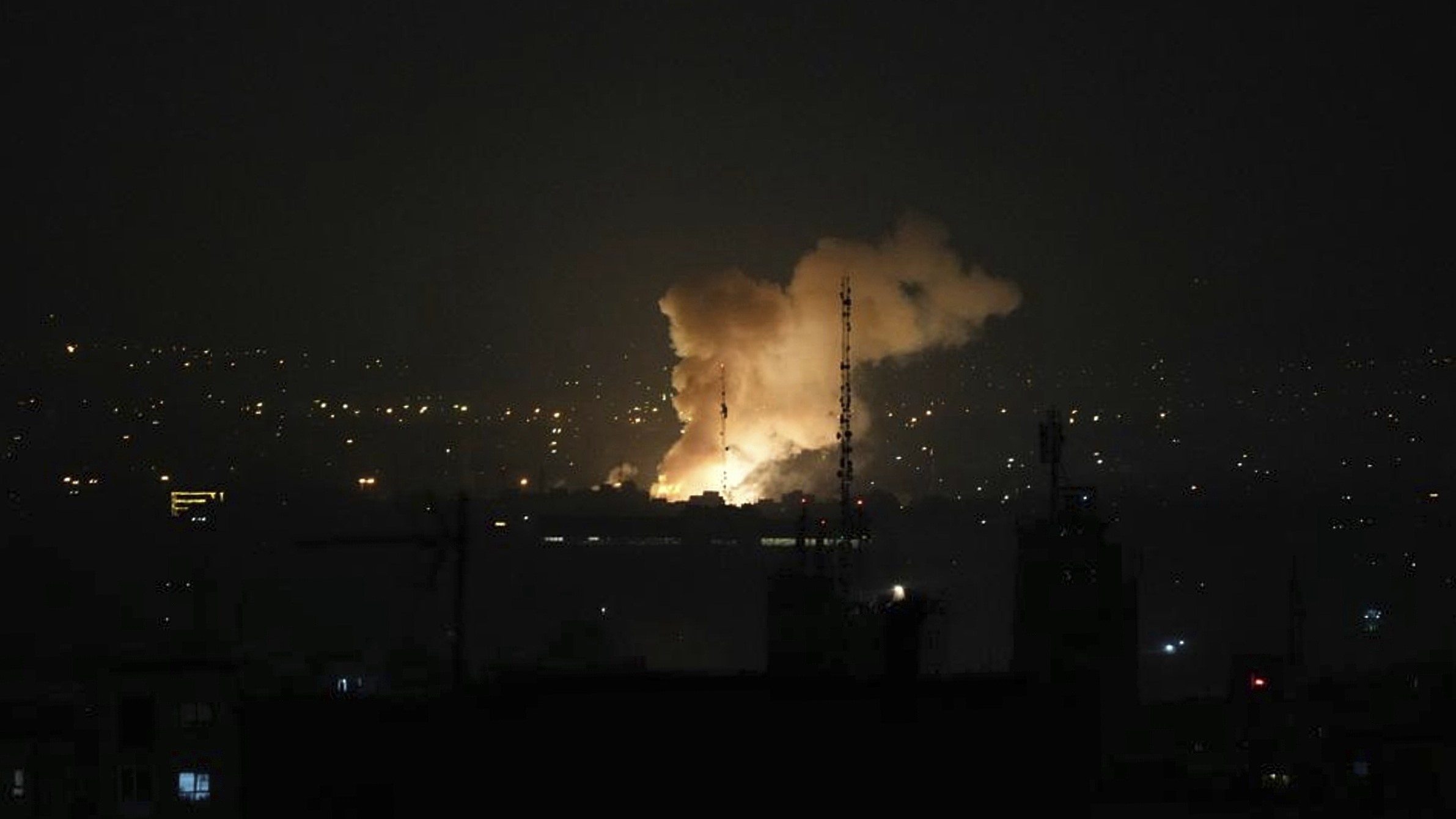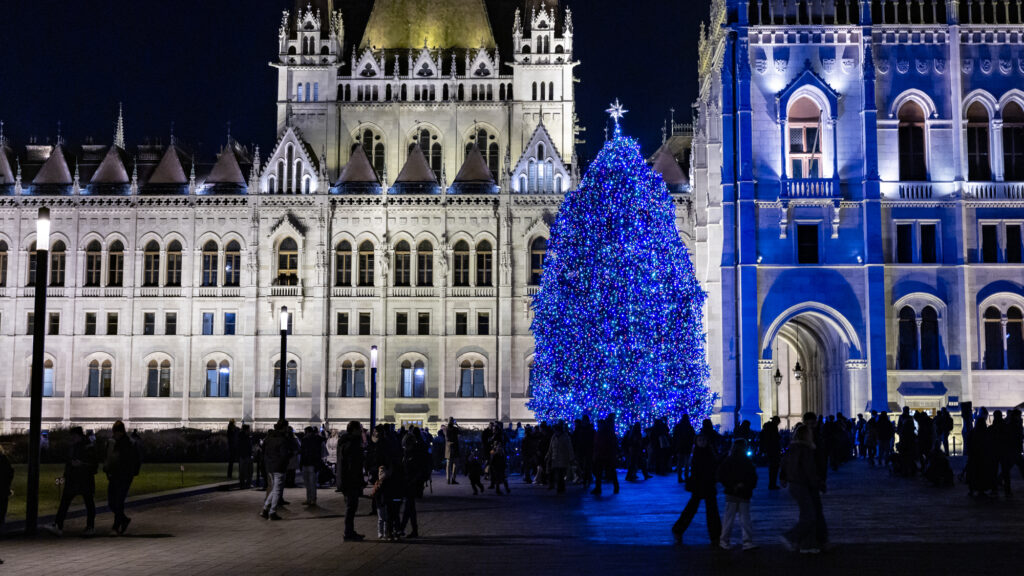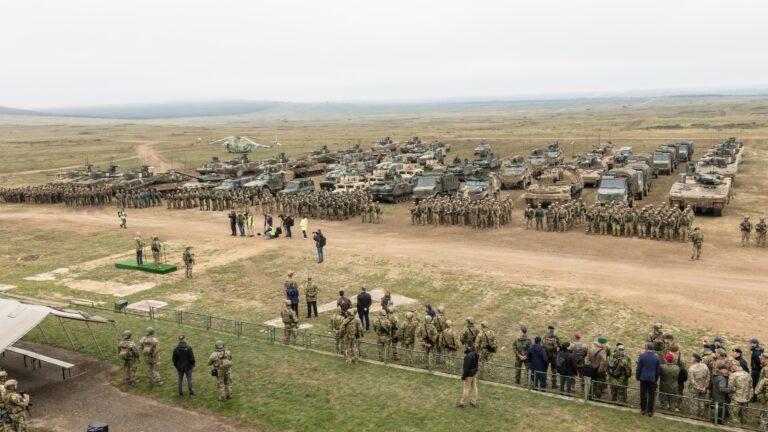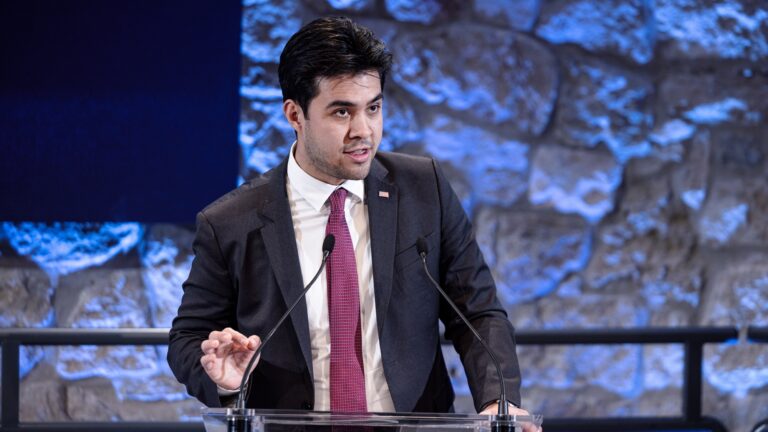In a dramatic escalation of tensions in the Middle East, Israel carried out a large-scale airstrike operation against Iran in the early hours of Friday morning. The strike, described by the Israeli government as preemptive, aimed to dismantle what it claims is an imminent nuclear weapons threat from Tehran. The move has plunged the region into uncertainty and placed both countries on high alert, with fears mounting over a broader, drawn-out conflict.
The operation began at around 3am, when Israeli air raid sirens echoed across cities, and citizens were urged to seek shelter. Dozens of Israeli fighter jets targeted Iranian military facilities and nuclear infrastructure. The Israeli military quickly declared a national emergency, shutting down schools and instructing the population to remain close to shelters. According to Israel, the attack was necessary to stop Iran from crossing a dangerous threshold in its nuclear weapons programme.
Prime Minister Benjamin Netanyahu addressed the world in an English-language message, warning that Iran could possess not only weapons-grade uranium but also an operational nuclear weapon within months. He argued that Israel could not afford to wait. Defence officials echoed his urgency, calling the situation a defining battle for the country’s survival.
‘Iran could possess not only weapons-grade uranium but also an operational nuclear weapon within months’
Israel’s top military commander emphasized that the operation, codenamed Rising Lion, was launched because the situation had reached a point of no return. He warned the public that Iran’s retaliation may take unexpected forms, including attacks by Tehran’s regional proxies in Lebanon, Syria, and Yemen. Israeli forces, he stated, were fully mobilized and prepared for a protracted conflict.
Tehran responded with fury. Iranian media reported significant destruction, not only at military installations but also in residential areas, claiming civilian casualties. Among those reportedly killed was a senior commander of the Revolutionary Guard, Hossein Salami, though this has not been independently verified. Iran’s Supreme Leader Ayatollah Ali Khamenei vowed revenge, promising Israel a ‘bitter and painful fate.’ Iran also blamed the United States for supporting the attack, despite US officials insisting they were not involved in the strike.
According to Israeli security sources, the attack was the result of years of planning involving the Israeli military, intelligence agency Mossad, and the domestic defence industry. High-value targets included senior Iranian military leaders and nuclear scientists, whose locations were hit in the initial wave of strikes. Reports also claim that Israeli drones had been pre-positioned near Tehran in the days leading up to the operation.
The military operation impacted multiple Iranian cities, including Shiraz, Tabriz, Qom, and Kermanshah. Strategic sites like the Natanz and Arak nuclear facilities were also targeted. Both Israel and Iran have closed their airspace to civilian traffic, and regional tensions are expected to rise further.
Despite insisting on its non-involvement, Washington is closely monitoring developments. US officials emphasized that protecting American personnel and interests in the region is a priority and warned Iran against targeting Americans. Meanwhile, Iranian officials continue to hold both Israel and the US responsible, threatening that both nations will pay a ‘heavy price’.
The scale and intensity of Israel’s action, and Iran’s expected retaliation, have raised fears of a broader regional war. With thousands of ballistic missiles reportedly under Iran’s command and militant groups aligned with Tehran across the region, the coming days could prove critical in determining whether diplomacy or escalation will prevail.
Related articles:







